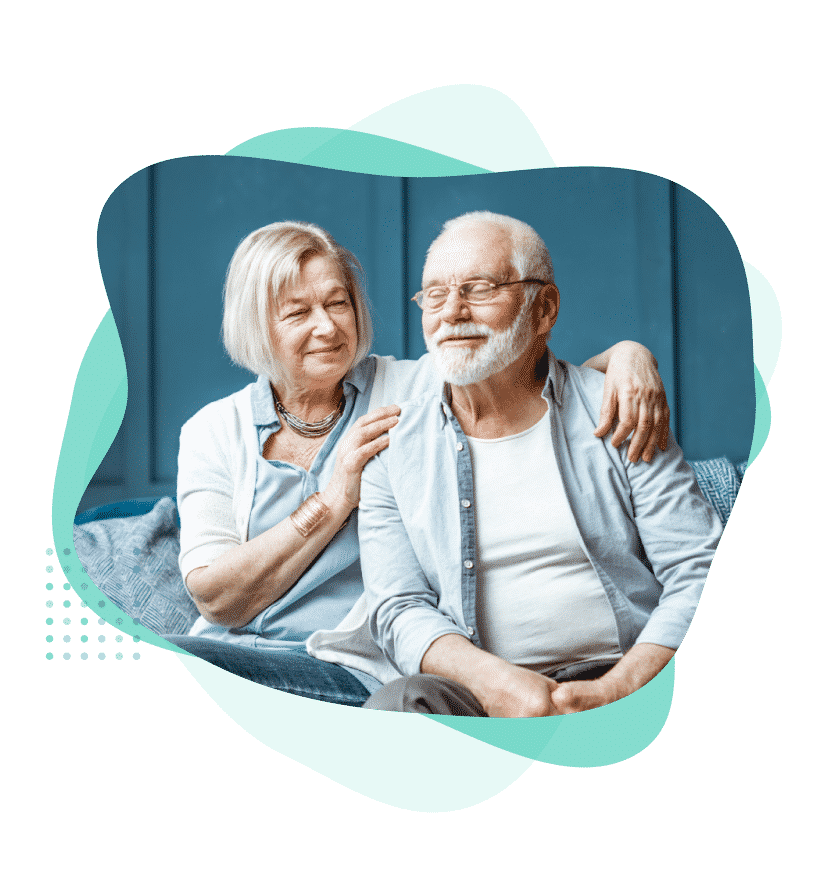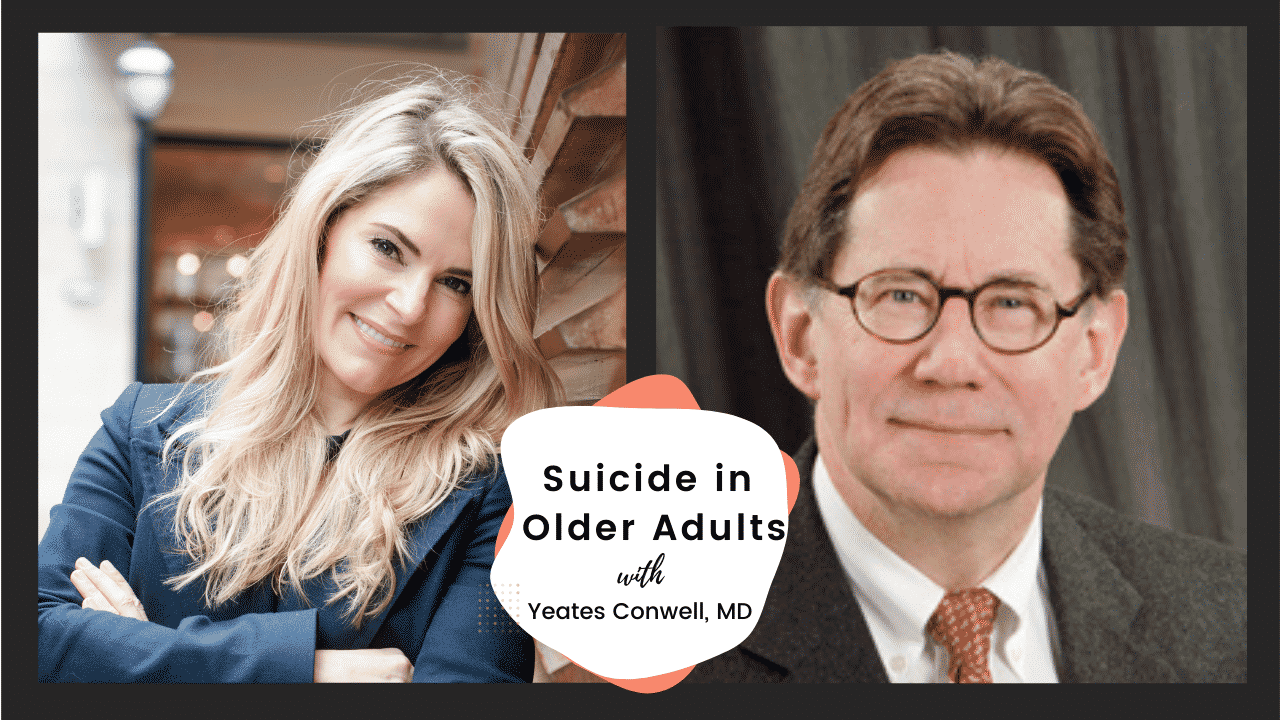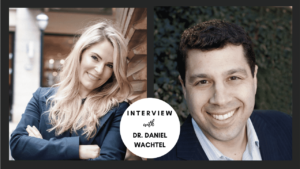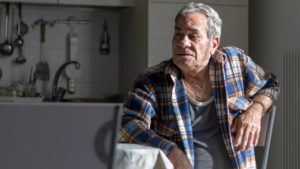Suicide is heart breaking and tragic. Today’s guest, Yeates Conwell, MD, geriatric psychiatrist and leading expert on suicide among older adults is on the podcast to guide us in understanding late life suicide and how we can help older adults who may be suicidal.
With older white men over 85 having the highest rates of suicide, more than any other age group, it’s essential that we have tools for addressing and preventing elderly suicide.
Here’s what we’ll cover in this episode:
- Statistics about older adults and suicide?
- Why do older white men have the highest rates of suicide?
- Among older adults, what is suicidal behavior mainly associated with?
- How to help older adults who may be suicidal?
Here’s a peek inside the episode:
- [05:19] Late life suicide is trend all around the world. Dr. Conwell sheds light on statistics about older adults and suicide.
- [09:59] Learn what may be contributing to older white men having the highest rate of suicide.
- [13:54] Ageism affects the mental health of older adults, including access to mental health care and our own attitudes about mental health as we age. Learn more about this phenomenon here.
- [21:23] Learn the 5-D framework for understanding suicide risk in older adults: Depression, Disease, Disability, Disconnectedness, and Deadly means.
- [29:21] Struggling to have a difficult conversation with your older loved one? It may be simpler than you think. Learn more.
- [35:35] Primary care providers have an important role in suicide prevention
- [40:19] Next steps if your older loved one is making statements about suicide.
If you or someone you know is in crisis or struggling with thoughts about harming themselves or others, please reach out to the National Suicide Prevention Lifeline at 800-273-8255
About Yeates Conwell:
Yeates Conwell, M.D. is Professor of Psychiatry at the University of Rochester School of Medicine and Dentistry, where he directs the Geriatric Psychiatry Program and the UR Medical Center’s Office for Aging Research and Health Services, and co-directs the UR Center for the Study and Prevention of Suicide. Dr. Conwell received his medical training at the University of Cincinnati and completed his Psychiatry Residency and a Fellowship in Geriatric Psychiatry at Yale University School of Medicine. In addition to teaching, clinical care, and service system development, Dr. Conwell directs an inter-disciplinary program of research in aging, mental health services, and suicide prevention.

People aged 85+ have the highest suicide rate of any age group. Help prevent suicide by connecting older adults to mental health care today.
Mythbuster #6
Source: SAMHSA (2011)





